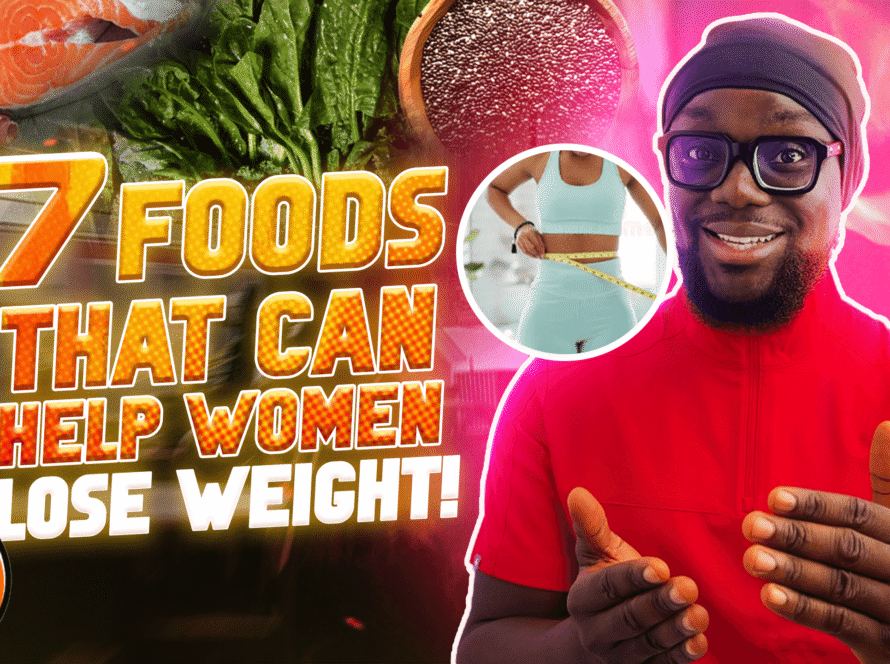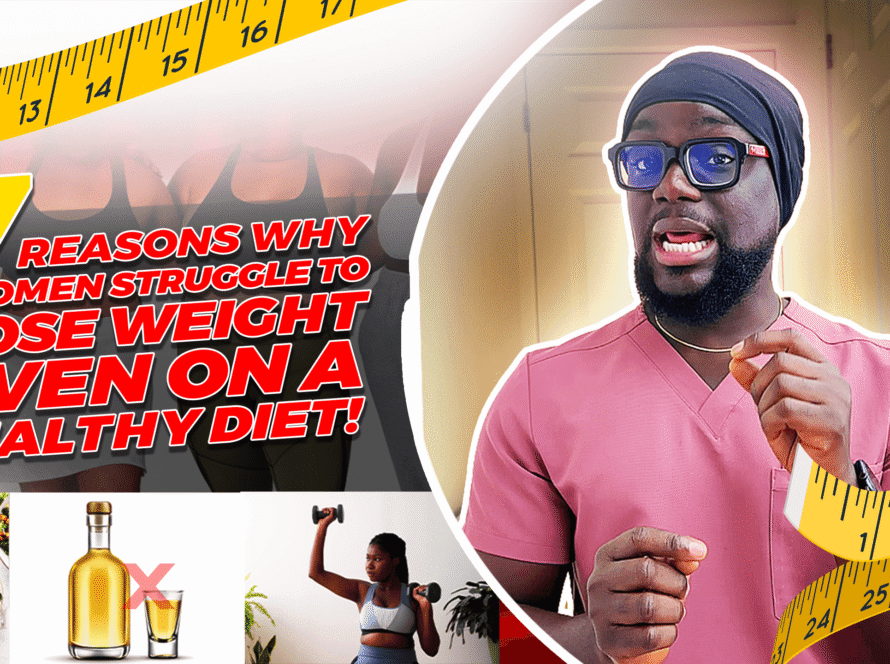In 2025, clean eating isn’t just a trend—it’s survival. With so many hidden chemicals lurking in our everyday foods and In 2025, clean eating isn’t just a health trend—it’s a survival strategy. With chemicals hiding in food, cookware, water, and packaging, protecting your body (and your family’s) from toxic overload has never been more critical. The goal? Reduce daily exposure to harmful substances, support your immune system, and give your body what it actually recognizes as food. Today, I’m breaking down seven real-life, doable ways to eat cleaner, safer, and smarter in today’s chemical-heavy world.
1. Cut Down on Plastics (Seriously)
Let’s be honest—plastic is everywhere, but it doesn’t belong in your food. Even those “microwave-safe” containers? Yeah, they might not melt, but that doesn’t mean they’re safe. Heat breaks down the plastic and releases BPA, phthalates, and other hormone-disrupting chemicals directly into your food.
What can you do instead?
- Store leftovers in glass, ceramic, or stainless steel.
- For microwaving, use porcelain or food-grade silicone—no plastic lids or cling wraps.
- Cover dishes with unbleached parchment paper or a clean plate, not plastic wrap.
Black plastic, in particular, is a red flag. Studies show over 80% of black plastic contains recycled electronics—yep, you read that right—and often includes toxic flame retardants.
Pro tip: Start with your lunch routine. Ditch the plastic containers and invest in a couple of solid glass or stainless bento boxes.
2. Avoid Toxic Cookware (That “Non-Stick” Isn’t So Slick)
That non-stick pan you’ve had for years? It might be slowly leaking toxic fumes into your meals—especially if it’s scratched or chipped. Many older non-stick coatings are made from PFOA or PTFE (like Teflon), which release harmful substances when heated.
Better alternatives:
- Cast iron (builds natural non-stick over time)
- Stainless steel (great for high-heat cooking)
- Ceramic (non-toxic and naturally non-stick)
- Glass bakeware (for oven use)
Also, stay wary of aluminum pots. If the lining gets scratched, the metal can seep into food—especially acidic ones like tomato sauce.
Pro tip: Season your cast iron skillet, and it’ll become your best friend for decades. It’s heavy, yes—but it lasts a lifetime and cooks like a dream.
3. Watch Out for Packaging Toxins
Fast food wrappers, pizza boxes, and even canned goods can be a chemical minefield. Many are lined with BPA, a chemical linked to hormone disruption. Others are treated with PFAS, known as “forever chemicals” because they don’t break down—and they build up in your body over time.
Risks of PFAS & BPA include:
- Hormonal imbalance
- Increased cancer risk
- Immune dysfunction
- Fertility issues
- Liver and kidney damage
Safer choices:
- Choose fresh, frozen, or jarred food over canned goods.
- Limit consumption of greasy fast food packaged in waxy or shiny wrappers.
- Support local businesses or meal prep at home to avoid unnecessary packaging altogether.
Pro tip: Store pantry staples in glass jars and bring your own container when grabbing takeout—some cafes and markets allow it now!
4. Filter Your Tap Water (Yes, Even If It “Tastes Fine”)
If you’re drinking tap water straight from the faucet in 2025, pause. Many municipal water sources still contain chlorine, heavy metals, microplastics, and trace amounts of pharmaceutical residues. Even in areas where water is “safe,” long-term exposure to these contaminants adds up.
Simple solution:
- Invest in a high-quality carbon-based or reverse osmosis water filter.
- Consider a shower filter, too—your skin absorbs chemicals from water, not just your mouth.
Pro tip: Filtered water tastes better. You’ll drink more of it and probably buy fewer plastic water bottles too. Win-win.
5. Go Organic When You Can (Especially These Foods)
Look, going 100% organic isn’t realistic for most people. It’s pricey. But strategic organic choices can massively reduce your exposure to pesticides, herbicides, and synthetic fertilizers—especially when it comes to the Dirty Dozen, a yearly list of the most contaminated produce.
2025 Dirty Dozen Highlights (based on recent reports):
- Strawberries
- Spinach
- Kale
- Apples
- Grapes
- Peppers
If you can’t go organic across the board, prioritize those items.
Also:
- Wash all fruits and veggies (yes, even organic ones) in a baking soda + vinegar solution to remove surface residues.
Pro tip: Buy organic frozen fruits—they’re often cheaper and just as nutritious as fresh!
6. Prioritize Fresh, Whole Foods
It’s wild how many preservatives, dyes, and synthetic additives are hiding in “convenient” processed foods. From artificial sweeteners to shelf-stabilizing agents, many of these compounds haven’t been tested long-term—or at all.
Start simple:
- Focus your meals around whole foods—fruits, vegetables, whole grains, legumes, and lean proteins.
- Choose items with minimal ingredients and no unpronounceables on the label.
- Cook with real spices instead of seasoning cubes full of MSG and palm oil.
Pro tip: If it comes in a box and has a shelf life longer than your dog’s, question it.
7. Cook From Scratch (Yep, It Still Works)
Cooking at home gives you full control over what goes into your body. No preservatives. No artificial flavors. No surprise sugars or sodium overloads.
Sure, it takes effort—but even a couple home-cooked meals per week can make a massive difference in reducing your chemical load.
Make it fun:
- Involve the family—let kids wash veggies or stir the pot.
- Try theme nights like “Meatless Mondays” or “Clean Taco Tuesday.”
- Batch cook and freeze meals in glass containers to save time later.
Pro tip: Cooking is a love language—and a survival skill. Plus, it’s cheaper, healthier, and makes you feel like a boss.
In Conclusion: Choose Progress, Not Perfection
Eating clean in 2025 isn’t about obsessing over every bite. It’s about being mindful, intentional, and proactive. These seven habits are doable. You don’t need a health degree or a celebrity budget—just the desire to protect your body, step by step.
Start small. Swap one plastic container. Cook one extra meal at home. Buy organic apples instead of conventional ones. It all adds up.
Because in a world full of toxins, every clean choice is a revolutionary act.

